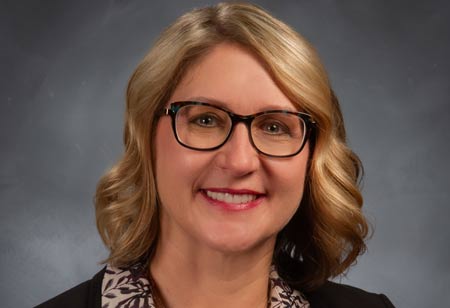

Thank you for Subscribing to Environmental Business Review Weekly Brief

A Journey in Engineering, Safety, and Sustainable Innovation
I started my career as an environmental engineer working primarily on contaminated sites. My early years were spent in the field working on remediation activities at Superfund sites and other state level projects. Some of field projects included removing leaking underground storage tanks, Level B leaking drum removal project, hazardous landfill soil gas survey, and other remedial investigations. My time early in my career out in the field – boots on the ground - has helped me understand the importance of creating easy to implement, robust programs. I have seen the consequences of poor corporate management and how that leaves an expensive legacy full of legal complications. My early years also fueled my passion to continue on finding the balance between managing business needs while meeting environmental legal requirements. My safety education started early in the field learning about exposure to highly hazardous materials which has also helped shape company-wide safety and sustainability practices. Understanding the worst case scenario, knowing that others have made mistakes and what that impact looks like to the environment and a community has provided me with the ability to set up and implement programs with the big picture in mind. Leading Sustainable Transformation at Scale Legal compliance always comes first, and increasingly that may include some portions of a corporate sustainability agenda. For example, currently one of Schaeffler’s sustainability key performance indicators is our lost time injury rate. Great safety compliance leads directly to favorable sustainability KPIs. The regulatory landscape is getting more and more complicated and sometimes provides for competing interests. Driving Safety Transformation with Structured Standards While ISO certification provides your customers with a certain level of assurance that you have a solid management system (for occupational safety, environmental management or energy management), you can easily have a robust and effective management system without certification. I think that the most transformative impact on an organization’s workplace safety is the behavior of the C-Suite – do they walk the talk? From there getting leader and employee buy-in is easier with simple, straightforward safety programs that are easy to understand and implement. Encouraging proactive behavior, and creating a culture of employees who want to make improvements is really transformative.Organizations that embed safety and sustainability into core decisions unlock innovation, resilience, and long-term business success

However, if you would like to share the information in this article, you may use the link below:
https://www.environmentalbusinessrevieweurope.com/cxoinsight/angela-cook-nwid-1015.html